Kitchens are prone to moisture, and if the dampness remains for a long time, the risk of mold increases. Mold needs only two factors to grow – dampness and the food source. Countertops, cabinets, and sinks are common areas where mold grows in the kitchen.
Therefore, it is always suggested to keep the kitchen clean and dry so that you do not face problems like mold growth. Keep in mind that different countertops require different cleaning methods; otherwise, you might end up damaging your countertop. For instance, harsh chemicals should be avoided when cleaning quartz and wooden countertops.
To read further about the best cleaners for kitchen countertops, click here. However, if you are witnessing mold under your countertop, then this post is for you. Today, we will discuss some simple and quick ways to get rid of mold.
Ways to Remove Mold
Method 1: Over-the-counter mold treatment solutions
You can easily find numerous over-the-counter mold removal solutions in the market. Simply follow the instructions provided with the solution to make your countertop mold-free. However, before buying any solution to kill mold on your countertops, you should consider the type of countertop your kitchen has. A wrong solution with chemicals that are not suitable for your countertop material can cause damage.
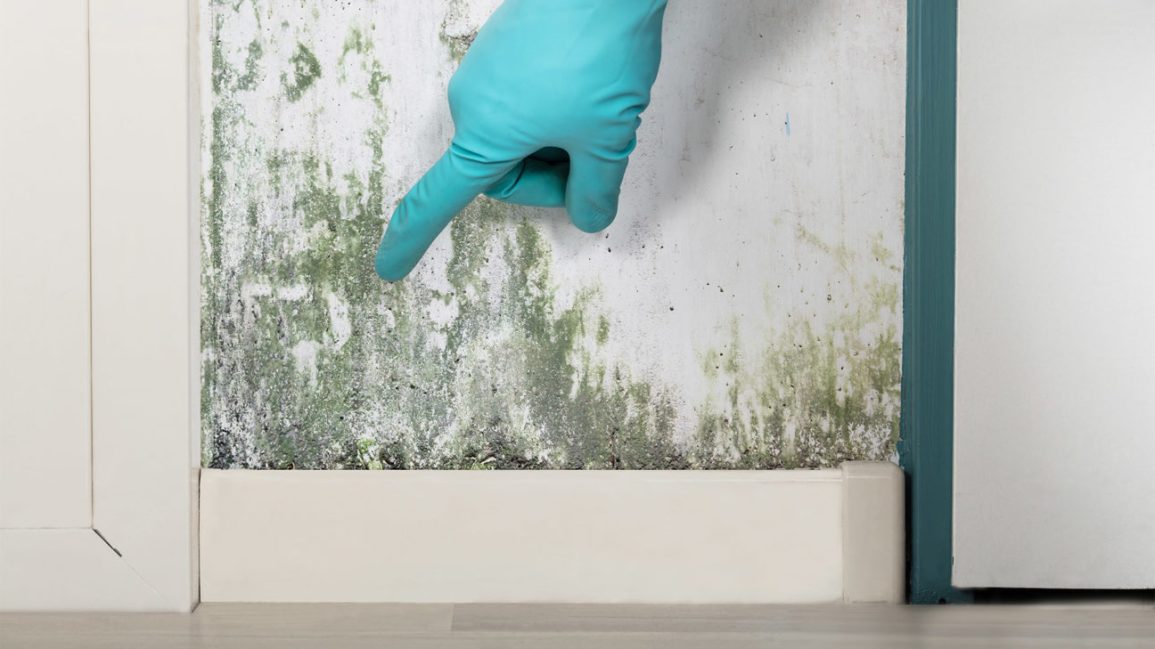
Method 2: Hydrogen peroxide
Mix hydrogen peroxide and plain water in a 1: 2 ratio and spray the mixture on the affected area. Let the solution sit for 10 minutes. Take a sponge or soft-bristled brush and remove the mold on kitchen countertop. Once done, rinse the area with warm water. Please note that Hydrogen peroxide should not be used on countertops made with porous surfaces such as wood.
Method 3: Tea tree oil
Tea tree oil is rich in antifungal and antibacterial properties, so it is helpful in killing mold of almost all types.
Mix 4 teaspoons of tea tree oil with 4 cups of water and pour it into a spray bottle. You can adjust the quantity of this mixture as per the affected area. Now, shake the mixture well before applying it to the surface. Spray it on the affected area adequately. Let it sit for 30-40 minutes and wipe it off with a towel or scrub with a soft brush.
Method 4: Vinegar
Vinegar is another product that’s present in most kitchens. It can kill nearly 80% of mold species on several types of surfaces. It may have a strong odor but will go away quickly. To remove the mold from the underside of your countertop, follow the below-mentioned steps:
- Pour white distilled vinegar into a clean spray bottle and spray all over the infected area. Do not add water to vinegar.
- Leave it for 60 minutes and then wipe it off with a towel.
- If further scrubbing is required, mix two teaspoons of baking soda and four cups of water and spray it on the affected area. Scrub with a soft brush.
- Rinse the mold-affected area with warm water and let it dry.
Note: Do not use vinegar on natural stone countertops as it can damage the surface.
Method 5: Baking soda
Baking soda, also known as sodium bicarbonate, can help eradicate mold. Since it absorbs water, it can expose mold or mildew to a dry environment, making it impossible to survive for mold. However, baking soda can’t help remove mold from the surfaces like wood, where mold can grow deep down the surface. However, it is an excellent solution to use if mold has just started to grow. Follow the steps as shown below:
- Mix baking soda, vinegar, and water in a 2:1:1 ratio
- Mix it with a spatula until it turns into a thick paste
- Now spread this thick mixture on the affected area
- Wait until it dries on the surface
- Scrub gently using a brush or scrubber
- Repeat the process until mold vanishes completely
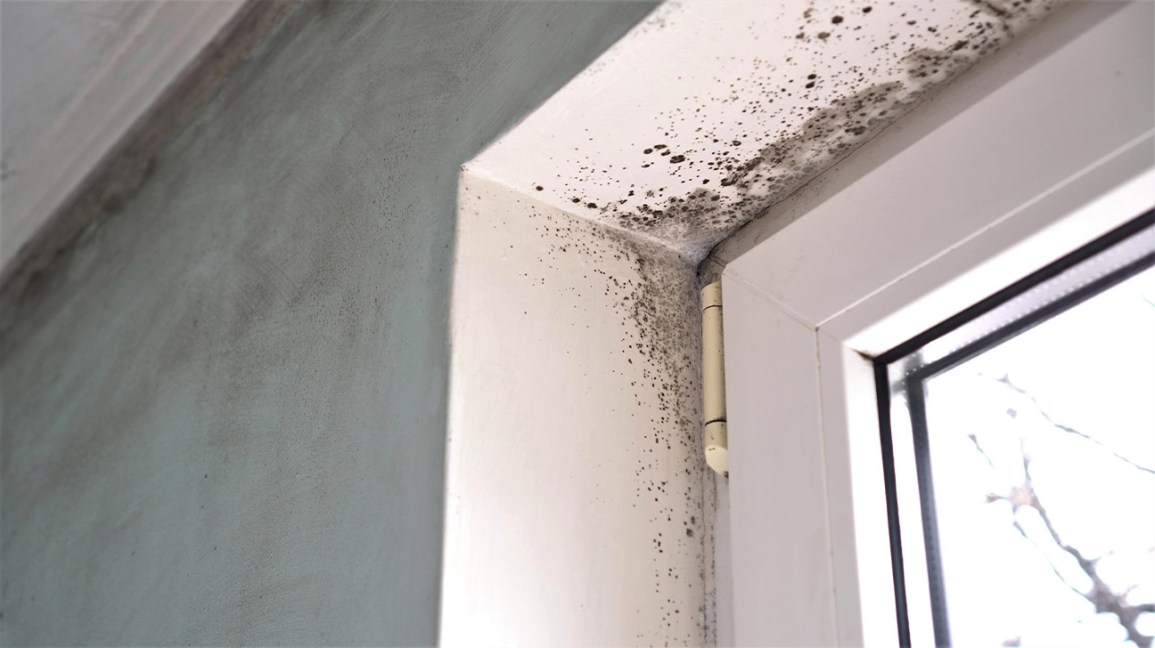
Tips for protection
No matter which mold removal method you choose, it’s essential to protect yourself from mold and its spores. Here are the three must-have things for your protection:
- Gloves
- Mask
- Safety glasses
What are the common reasons for kitchen mold?
Various activities like cooking, washing dishes, etc., can increase humidity in the kitchen, leading to mold. Here are the most common reasons:
- Cooking
- Washing dishes
- Water spillage from dishwasher and refrigerator
- Leaky plumbing
- Damp walls
- Poor ventilation
How to prevent mold from growing?
Once you have removed mold from your kitchen countertop, you must take steps to prevent it in the future. Since environmental conditions cause mold, you may have to change your daily kitchen cleaning habits to prevent mold infestation.
Keep the countertop dry
It is crucial to keep the countertop and the entire kitchen mold-free. When washing dishes, keep the flow of water medium or low so that it does not fall on the countertop. Even if water does get spilled, make sure you dry it properly and don’t let it seep into the countertop.
Avoid storing damp clothes on or under the countertop
It is possible that you keep the wet kitchen cleaning cloth on the countertop or keep it in the storage below it. However, if that cloth remains there for a long time, there is a risk of the growth of mold under the countertop and over.
Fix the pipes that are leaking or broken
Pipes often leak or break in the kitchen, which you may find too late, and it may cause water to penetrate through your countertop and cause mold to grow. To avoid this situation, one should examine the pipes on a regular basis.
Ensure that there is no moisture in the walls of the kitchen
If your countertop is directly connected to the kitchen walls, then it can be the main reason for the growth of mold. If moisture comes in the walls due to rain, you should dry it properly so that it does not seep into the countertop and other areas.
Closing words
It’s important that you pick an appropriate mold removal method according to the material of the countertop. If mold is spread deeply throughout your kitchen, it would be best to get professional help instead of trying the do-it-yourself methods. However, the best thing to keep your kitchen mold-free is to prevent it from occurring by keeping it clean and dry. Additionally, we will suggest investing in countertops that are easy to clean and maintain.
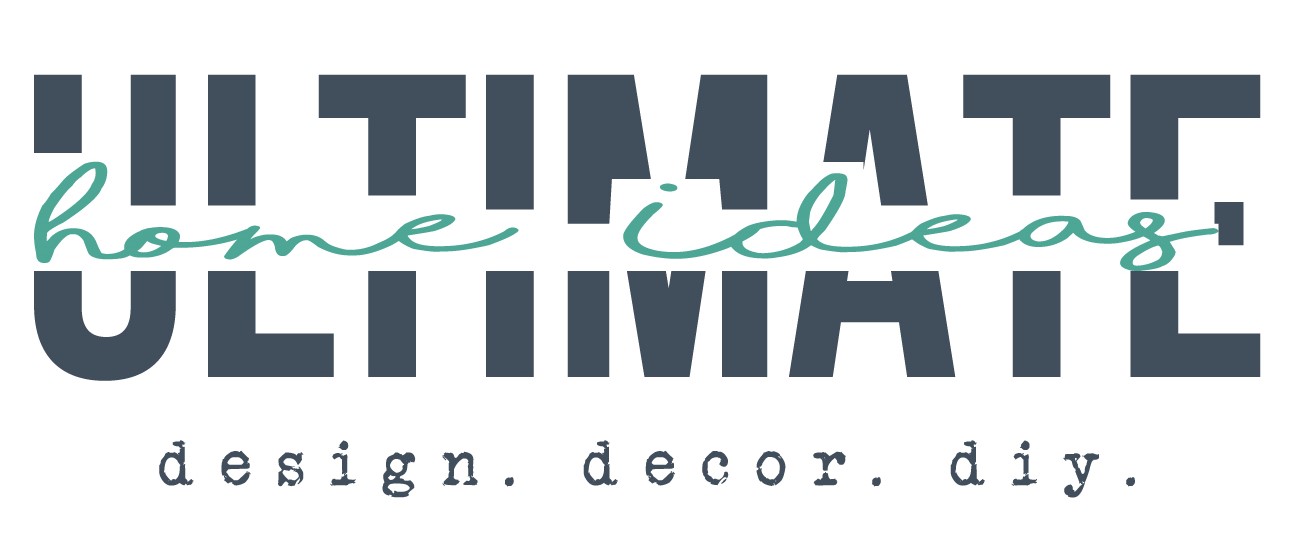




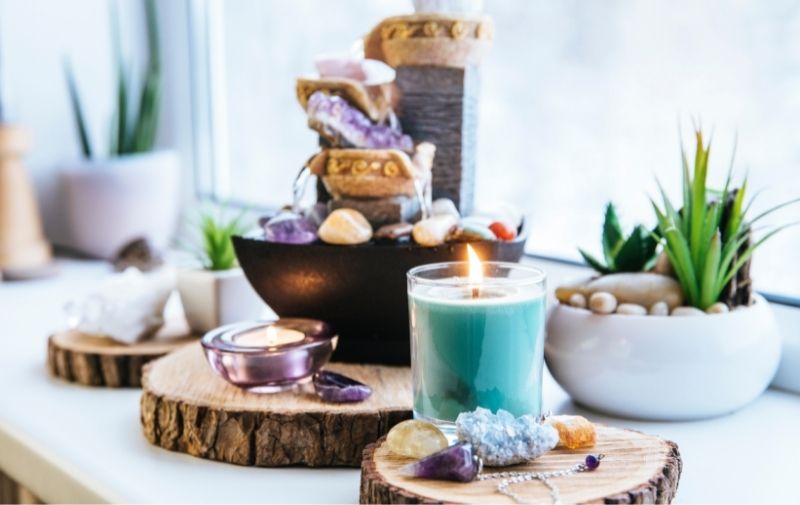

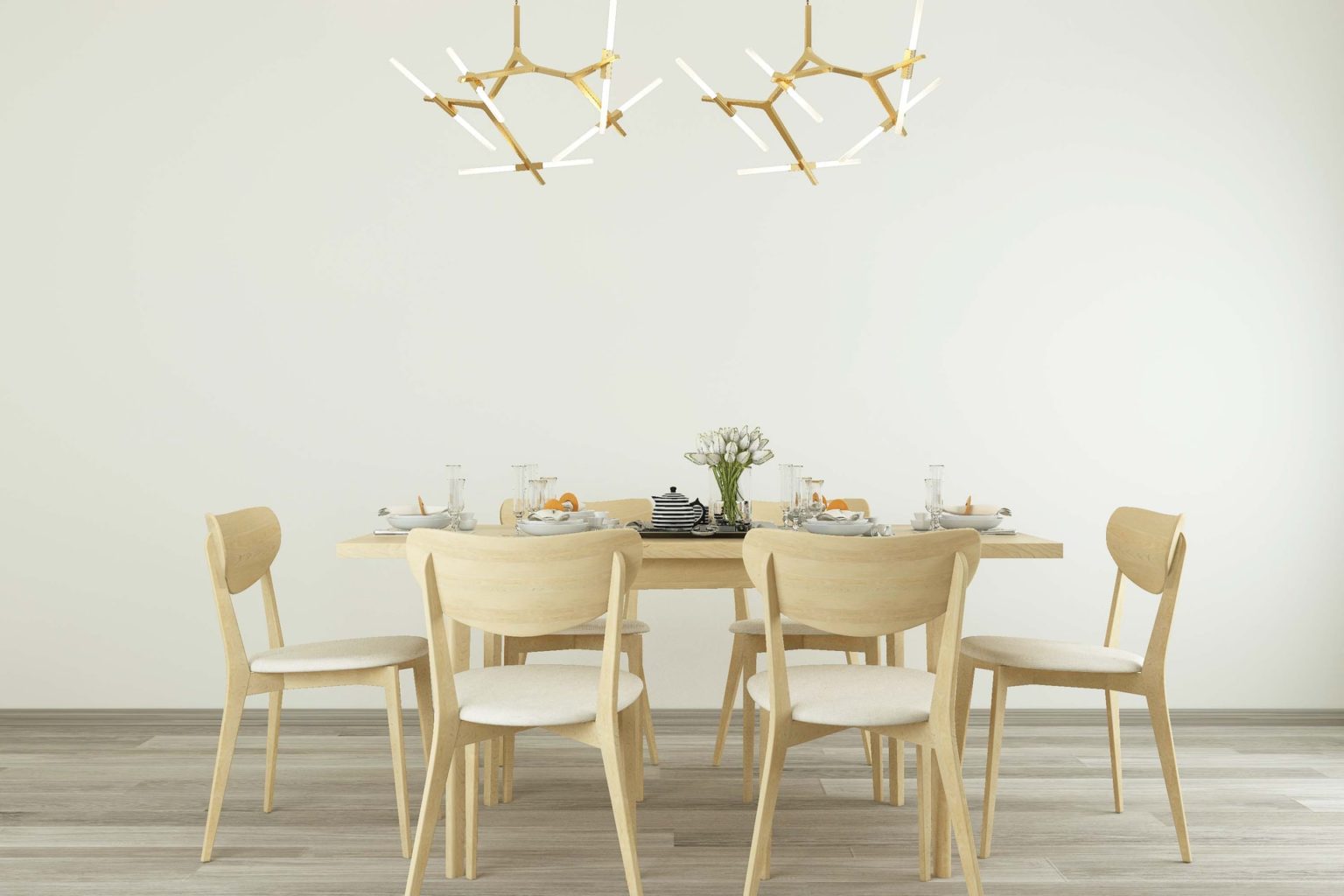

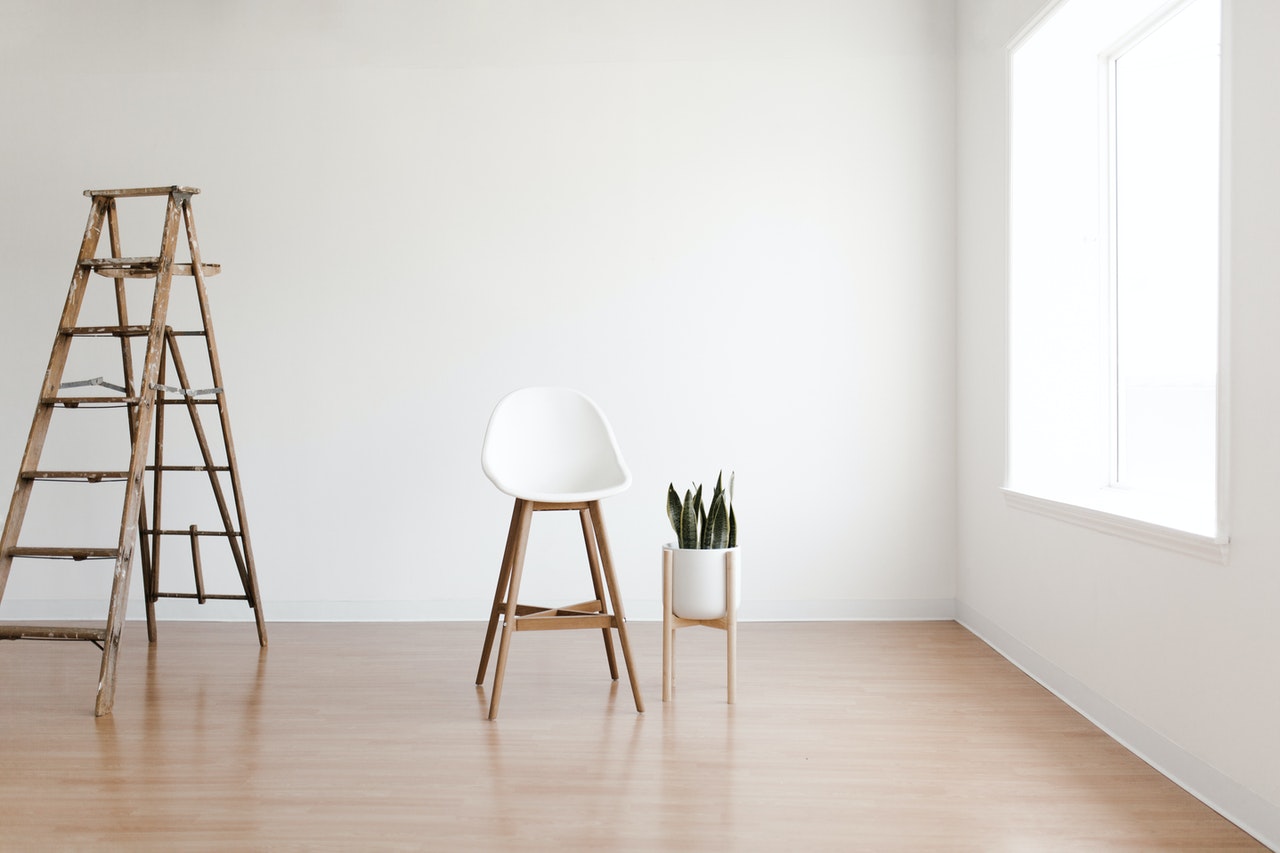
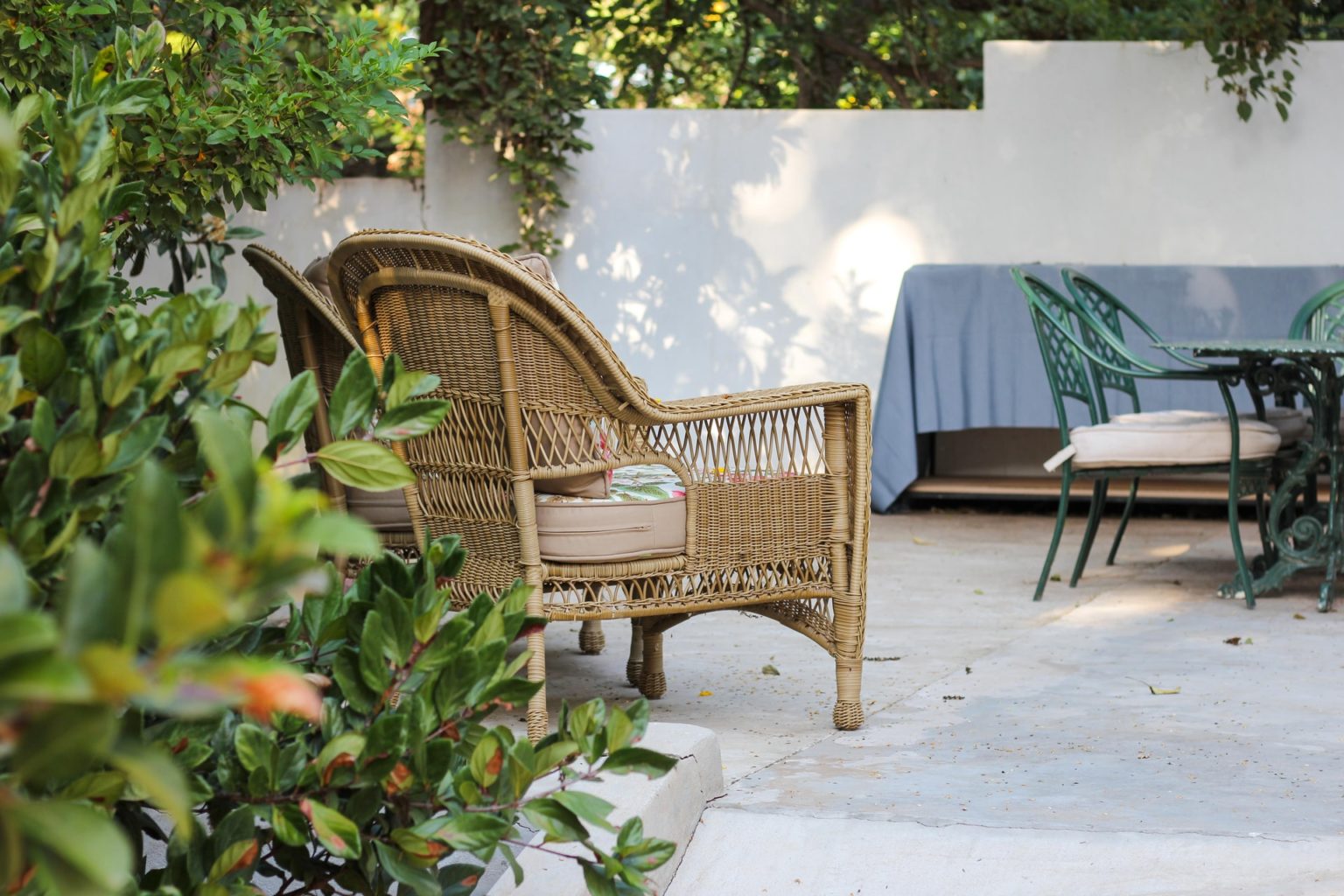
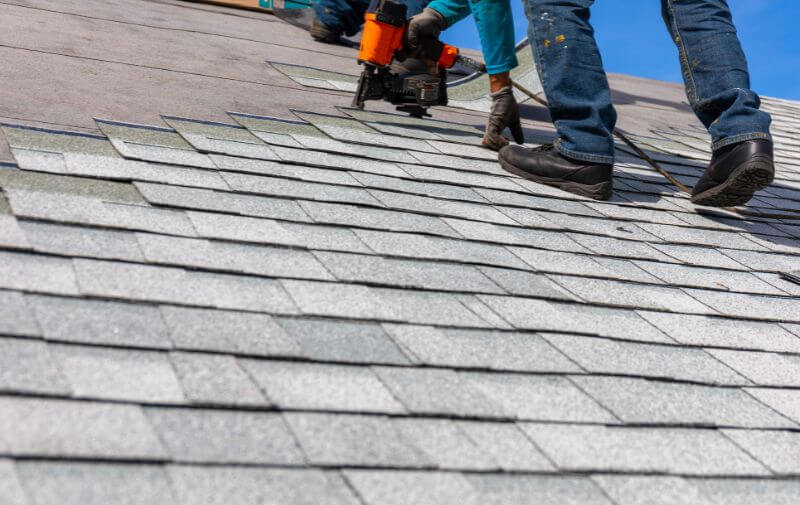
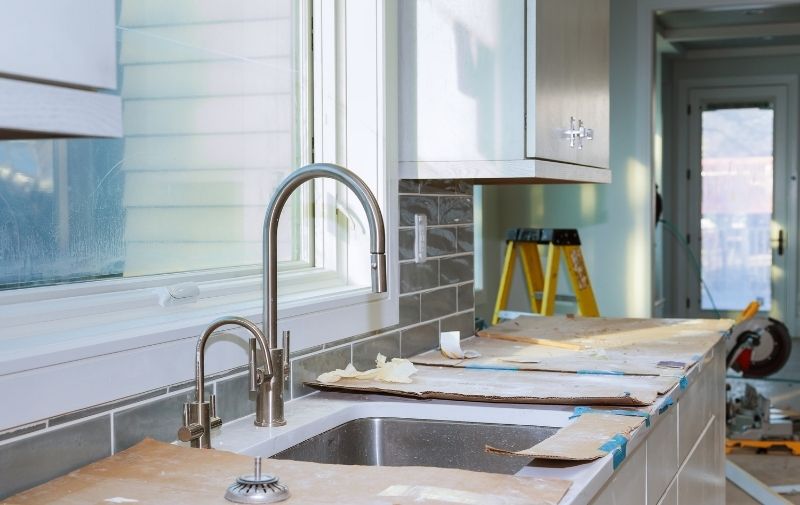

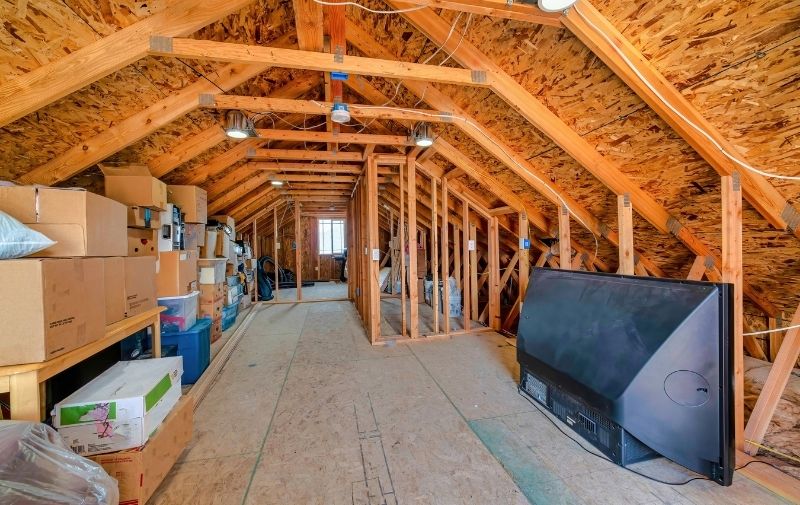
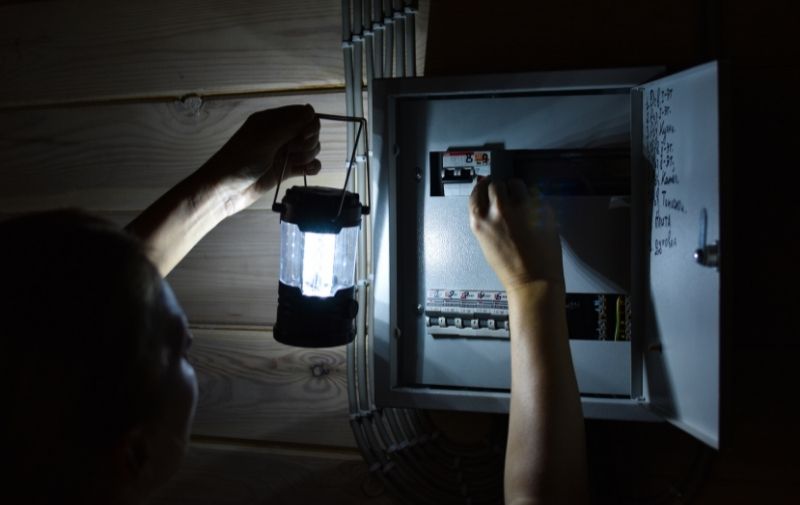
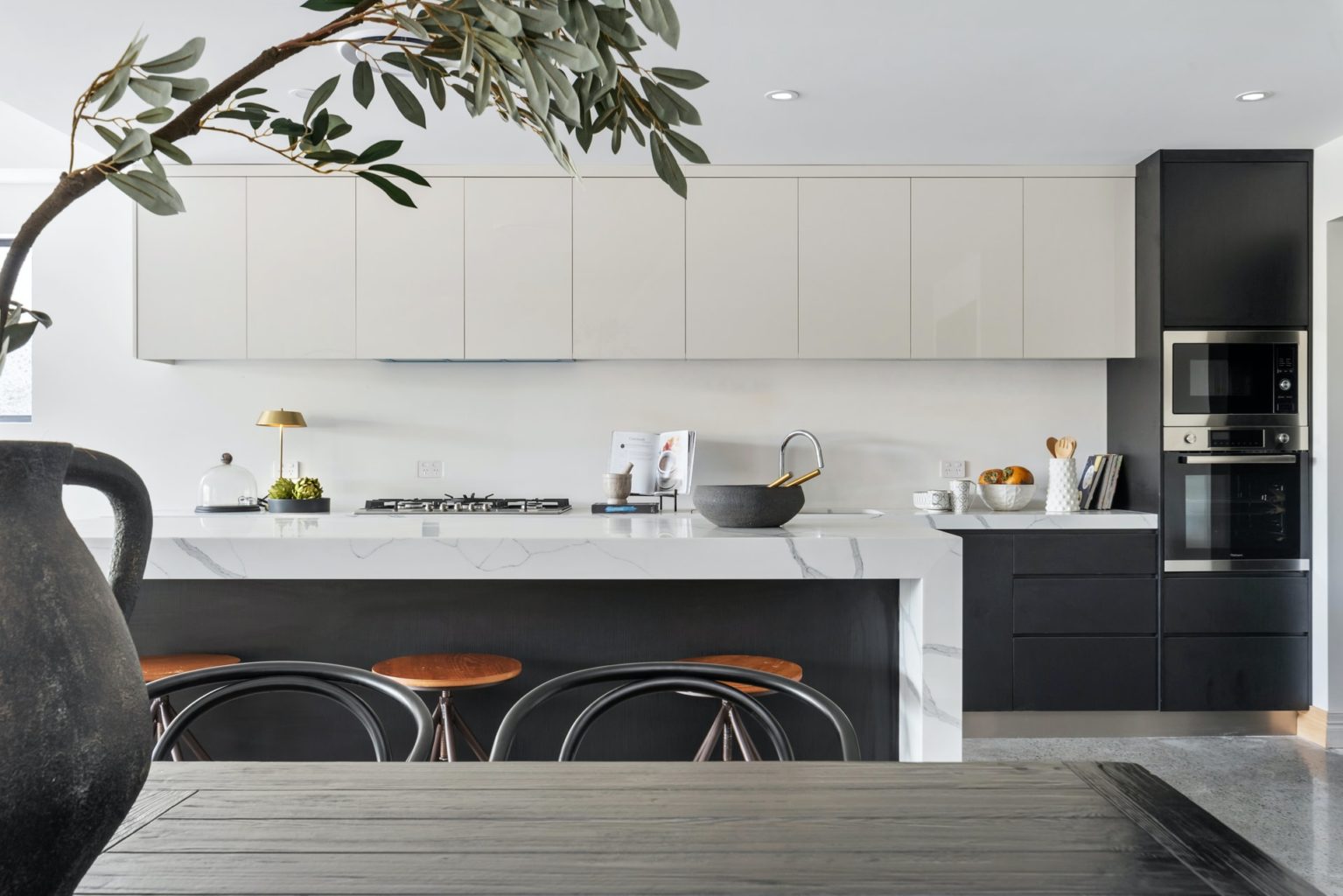
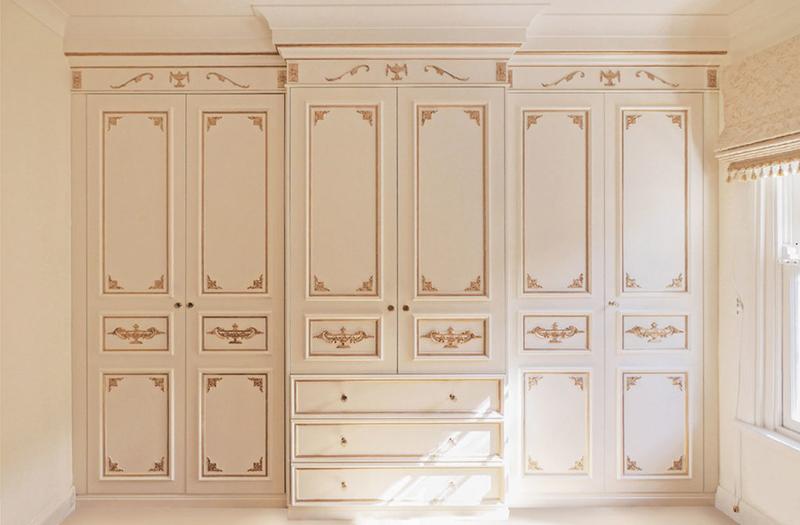

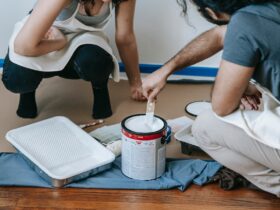

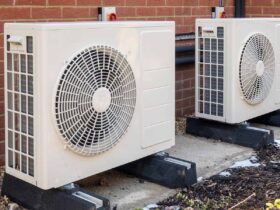
Leave a Reply